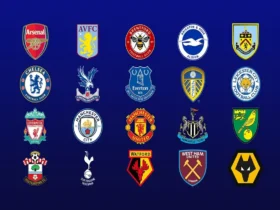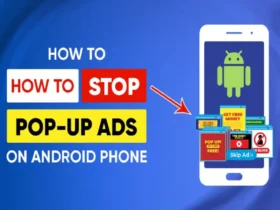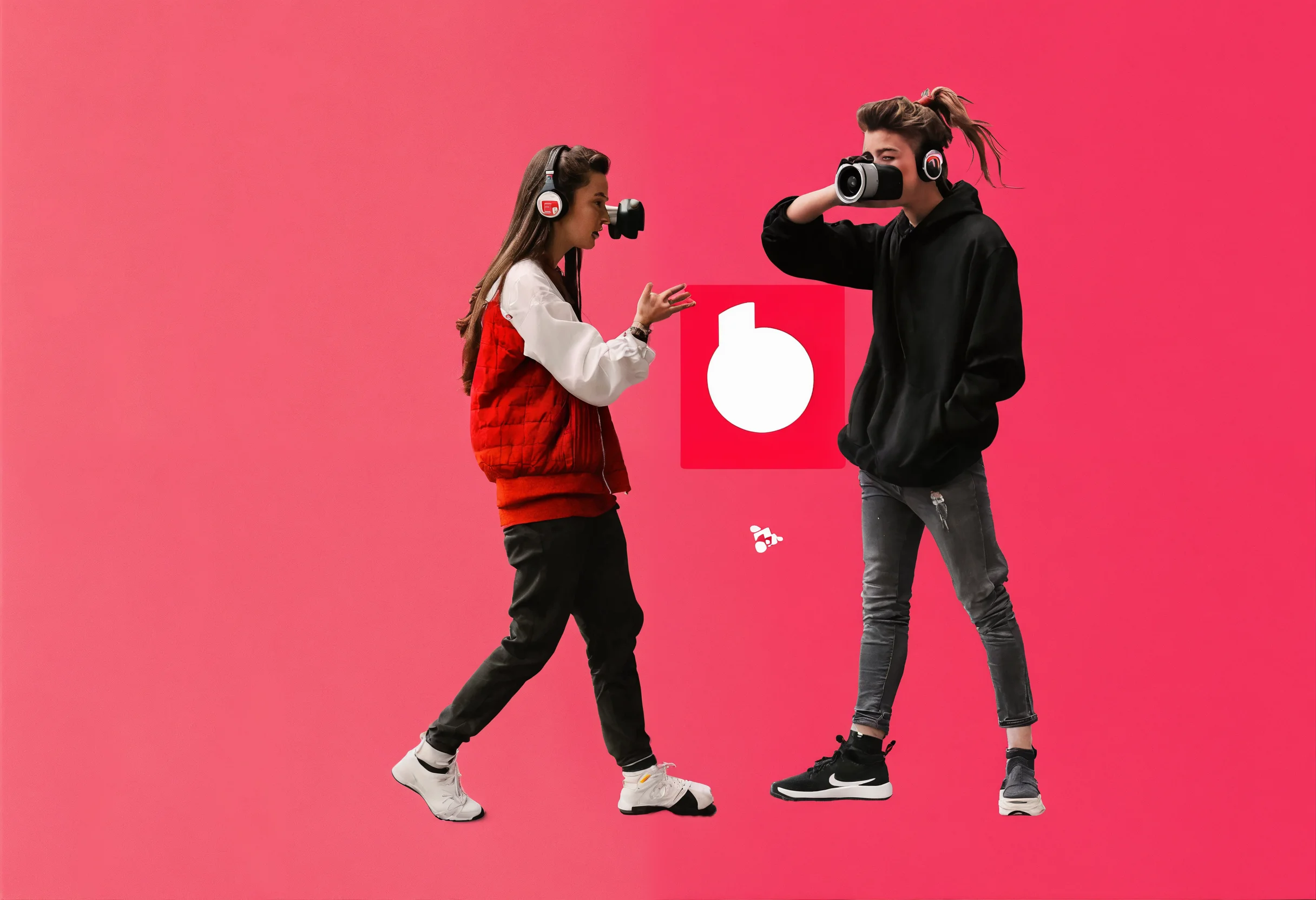-
- Target Audience
- YouTube: A diverse audience ranging from professionals, content creators, and casual viewers seeking a wide range of content, including long-form videos, music, tutorials, news, and entertainment.
- TikTok: Primarily a younger audience, with the majority being teenagers and young adults. Users primarily engage with short, engaging, and entertainment-focused videos.
- Content Length and Format
- YouTube: Allows videos of various lengths, from short clips to feature-length films. Content format is diverse, including tutorials, interviews, vlogs, documentaries, and music videos.
- TikTok: Known for its short-form videos, typically limited to 15-60 seconds. Content primarily focuses on entertainment, including dance challenges, lip-syncing, comedy sketches, and cooking tutorials.
- User Engagement
- YouTube: Encourages extended viewing sessions through longer videos, comments, and subscriptions. Users can create playlists, share videos, and interact with creators through comments.
- TikTok: Promotes quick and addictive consumption of short videos. Users can like, share, comment, and participate in trending challenges. The platform’s algorithm tailors content based on user preferences.
- Creator Tools and Monetization
- YouTube: Provides extensive creator tools, including video editing software, analytics dashboards, and live streaming capabilities. Creators can monetize their videos through ads, sponsorships, and YouTube Premium subscriptions.
- TikTok: Offers basic editing tools within the app. Creators can monetize their content through brand partnerships, virtual gifts, and the TikTok Creator Fund.
- Strengths and Weaknesses
- YouTube:
- Strengths:
- Vast content library
- Long-form content capabilities
- Advanced creator tools
- Established monetization model
- Weaknesses:
- Can be overwhelming for casual users
- Prone to content filtering and moderation issues
- Strengths:
- TikTok:
- Strengths:
- Short and engaging videos
- Viral nature and challenge culture
- Strong user engagement
- Targeted advertising capabilities
- Weaknesses:
- Limited content length and format
- Privacy concerns over data collection
- Algorithm-driven and can be repetitive
- Strengths:
- YouTube:
- Choosing the Right Platform
- The best platform for you depends on your specific needs and goals.
- If you create long-form, informative, or educational videos, YouTube is a more suitable choice.
- If you aim to engage a younger audience with short, entertainment-focused content, TikTok offers a better fit.
- For businesses and brands, both platforms offer advertising opportunities, but TikTok may be more effective for reaching a younger demographic.
- The best platform for you depends on your specific needs and goals.
- Target Audience
- ConclusionYouTube and TikTok are both formidable video-sharing platforms with distinct strengths and target audiences. Understanding the differences between them will help you make an informed decision about which platform to focus on. Whether you’re a content creator, a marketer, or simply
a user, leveraging the unique features of each platform will enable you to maximize your reach and engagement.

































